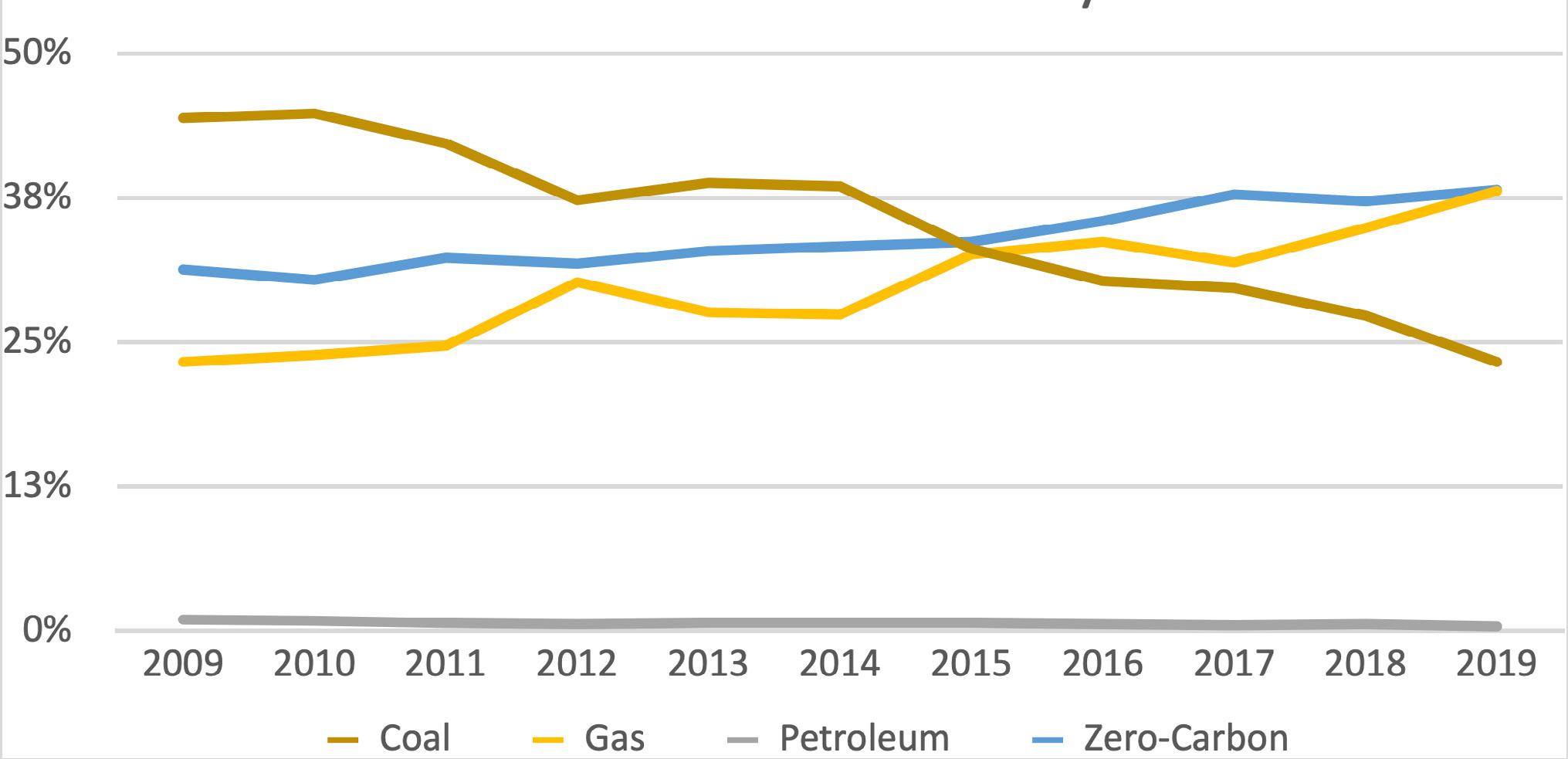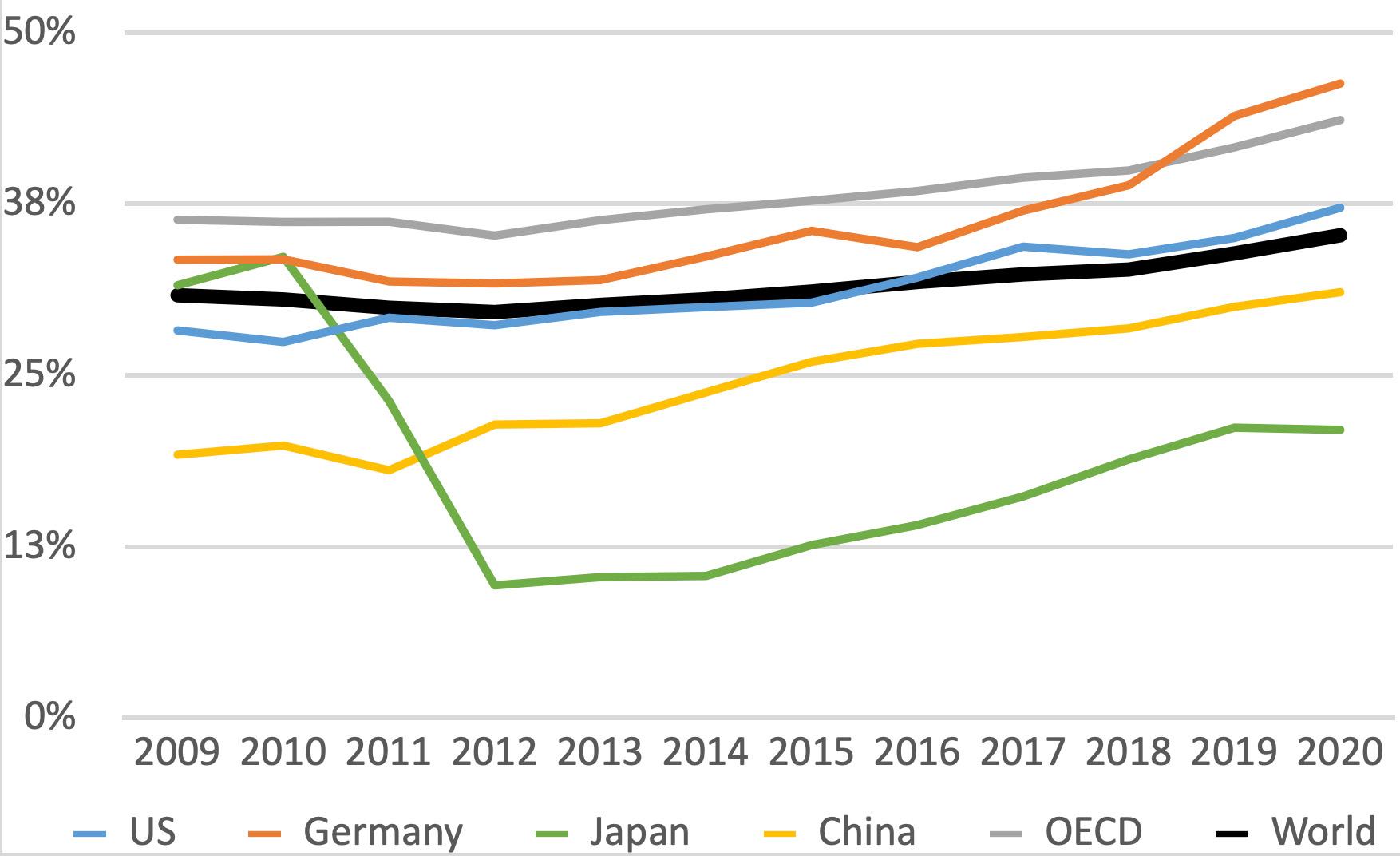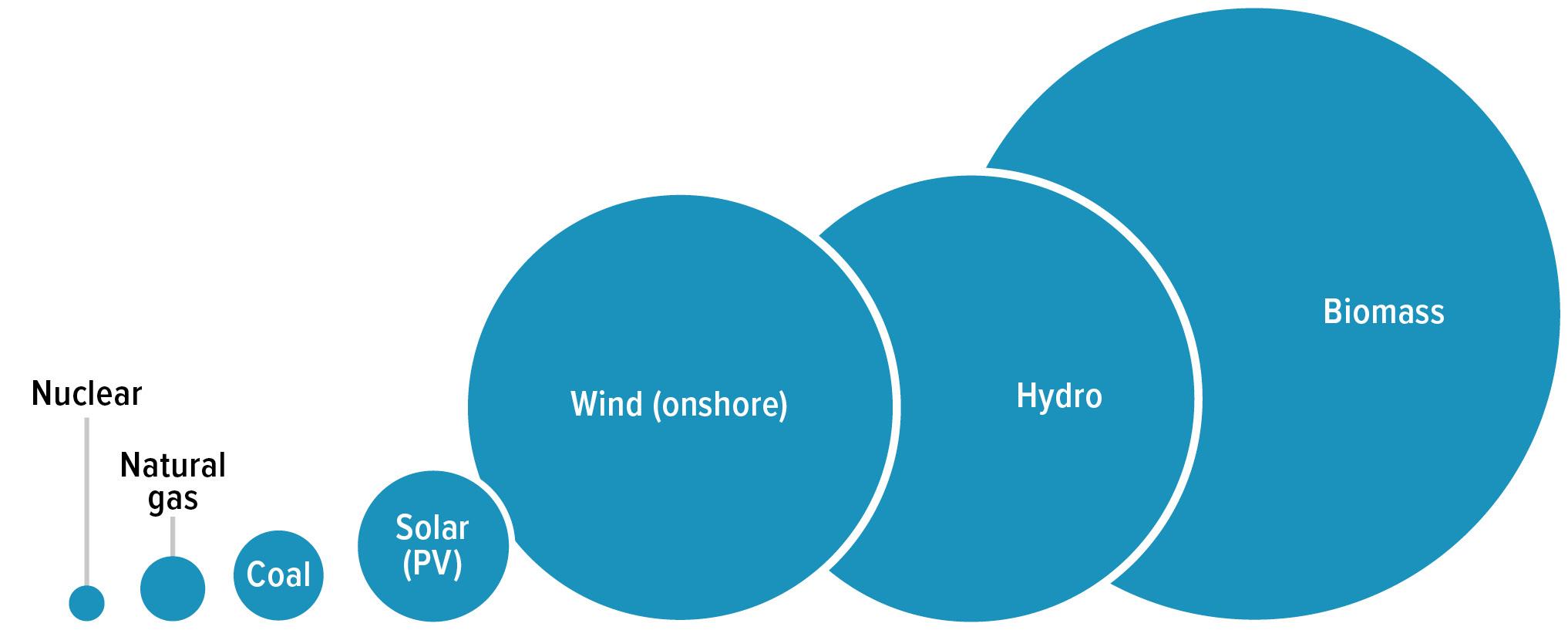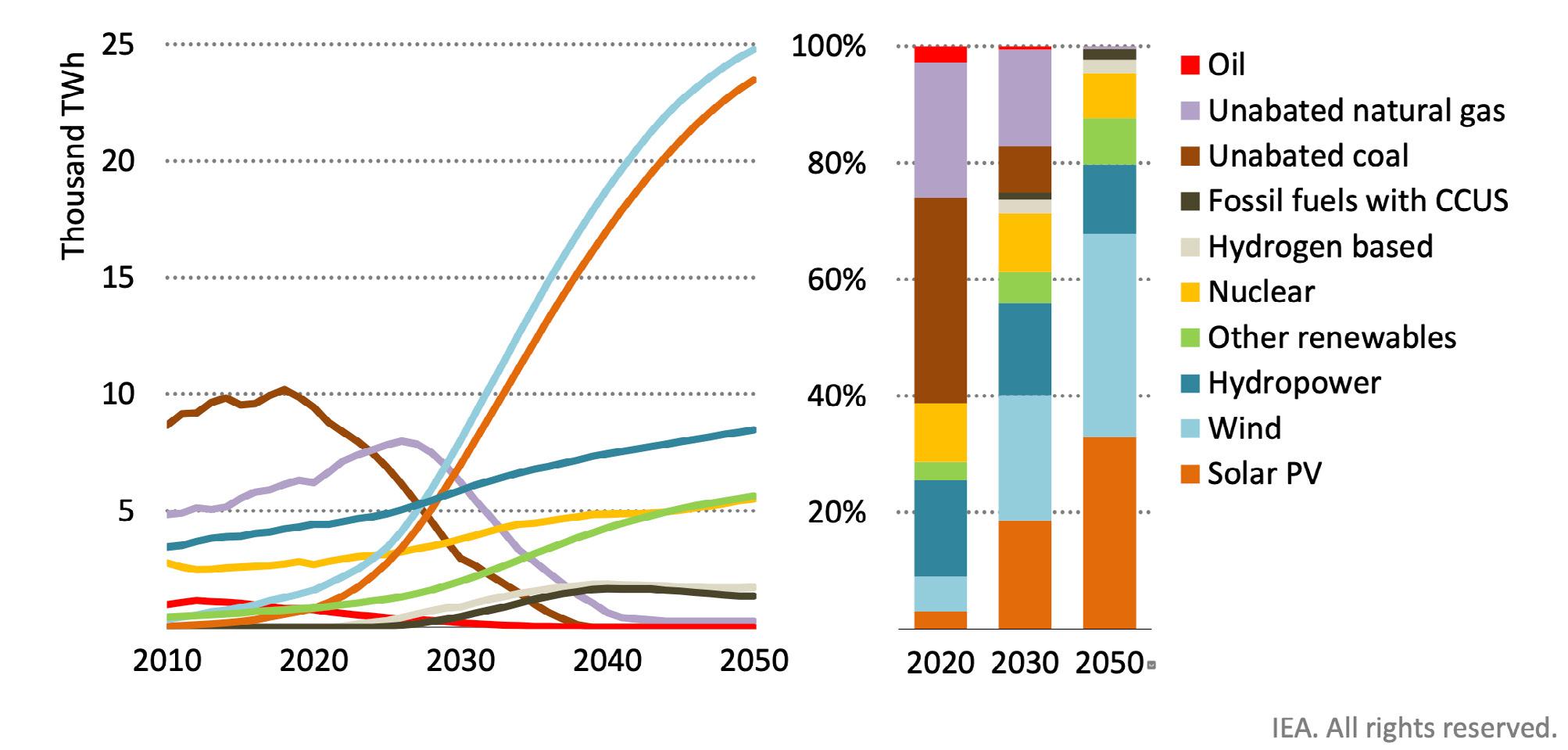
2 minute read
Introduction
Nuclear energy has recently received renewed interest as a tool to address the dual challenges of energy security and climate change.1 At the United Nations Climate Change Conference (COP26), the US delegation highlighted the potential role of advanced nuclear generation in the climate strategy it presented at the conference.2 French President Emmanuel Macron has proposed a renewed emphasis on nuclear power, in addition to expanded renewable generation, to achieve France’s decarbonization goals.3 China continues to rely on an extensive expansion of nuclear generation, as well as renewables, as it pursues decarbonization while addressing growing energy demand.4 In the context of the energy market volatility resulting mainly from the war in Ukraine, Japan and other countries have renewed their pursuit of nuclear energy to improve energy security and achieve their decarbonization objectives.5
Nuclear power is a demonstrated source of dispatchable zero-carbon electricity. Today, it is the only zero-carbon, dispatchable option able to be deployed at scale (with the exception, in some regions, of hydropower and geothermal energy, which have geographic, resource, and environmental limitations). In addition, nuclear energy could be a feasible source of power for hydrogen production that is not limited by renewable-resource availability, and advanced nuclear technology can produce heat at the high temperatures required for many industrial processes.
Skeptics may contend that the long licensing and construction time for conventional nuclear plants makes them incompatible with the objective of swift decarbonization of power systems. However, while the near-term acceleration of decarbonization may be achieved, in large part, through rapid deployment of renewable energy, the challenging later stages will need dispatchable generation and storage (including approaches to long-term storage that are still being developed).6 For example, with the addition of more variable renewable energy, weather will begin to have an effect on power supply as well as demand, and dispatchable generation—such as nuclear power—will be needed to help support reliability.
In the International Energy Agency’s net-zero scenario, worldwide electric demand will almost double between 2030 and 2050, and, in that period, more than five thousand gigawatts (GW) of new dispatchable generation and storage will need to be added.7 By that time, advanced nuclear technologies that are currently being built and demonstrated will be in operation, and those technologies will be available for broader deployment, in addition to conventional nuclear power options.
Nuclear energy has the potential to be a key component of decarbonization strategies worldwide. This paper discusses the value nuclear energy can have in a decarbonization framework, the challenges decarbonization efforts may face, how nuclear energy could contribute to decarbonization efforts in the United States and Japan, and steps that could strengthen those efforts.
1 https://www.iea.org/reports/nuclear-power-and-secure-energy-transitions. 2 Robinson Meyer, “Nuclear Is Hot, for the Moment,” Atlantic, November 10, 2021, https://www.theatlantic.com/science/archive/2021/11/nuclear-power-hotmoment/620665. 3 Liz Alderman, “France Announces Major Nuclear Power Buildup,” New York Times, February 10, 2022, https://www.nytimes.com/2022/02/10/world/europe/francemacron-nuclear-power.html. 4 Dan Murtaugh and Krystal Chia, “China’s Climate Goals Hinge on a $440 Billion Nuclear Buildout,” Bloomberg, November 2, 2021, https://www.bloomberg.com/news/ features/2021-11-02/china-climate-goals-hinge-on-440-billion-nuclear-power-plan-to-rival-u-s. 5 “EU Taxonomy: Commission Begins Expert Consultations on Complementary Delegated Act Covering Certain Nuclear and Gas Activities,” European Commission, January 1, 2022, https://ec.europa.eu/commission/presscorner/detail/en/ip_22_2. 6 See, e.g., Nestor A. Sepulveda, et al., “The Role of Firm Low-Carbon Electricity Resources in Deep Decarbonization of Power Generation,” Joule (2018): 2403–2420 accessed May 6, 2022, https://doi.org/10.1016/j.joule.2018.08.006. 7 “Net Zero by 2050 Scenario—Data Product,” International Energy Agency, May 2021, https://www.iea.org/data-and-statistics/data-product/net-zero-by-2050-scenario.






